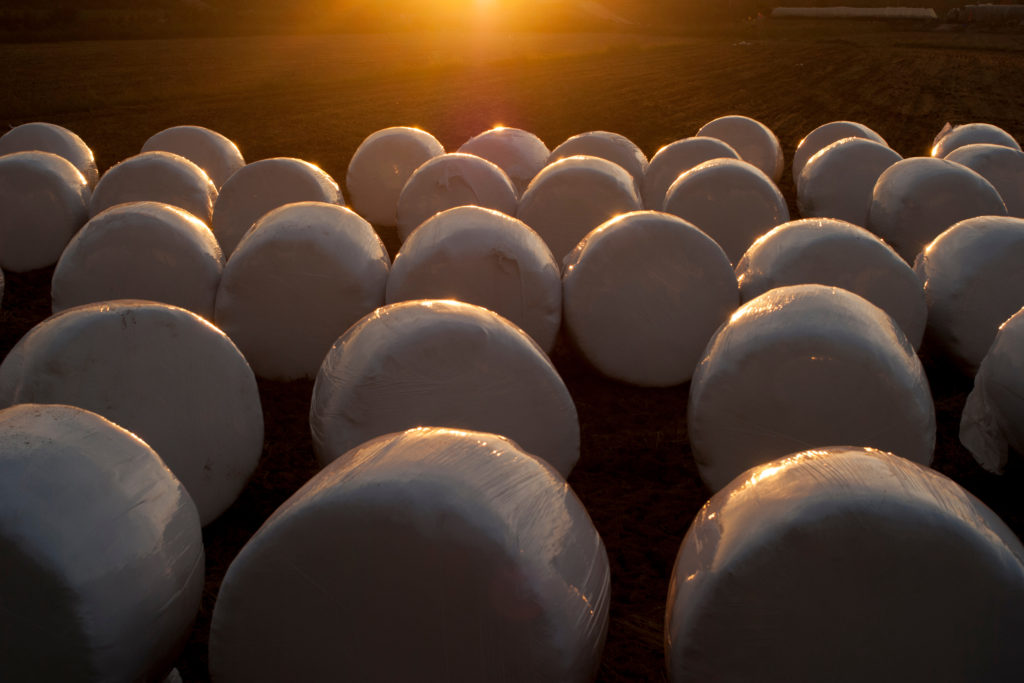The energy and starch, together with its high dry matter yield potential, make Dasan maize silage a better feed for dairy cows.
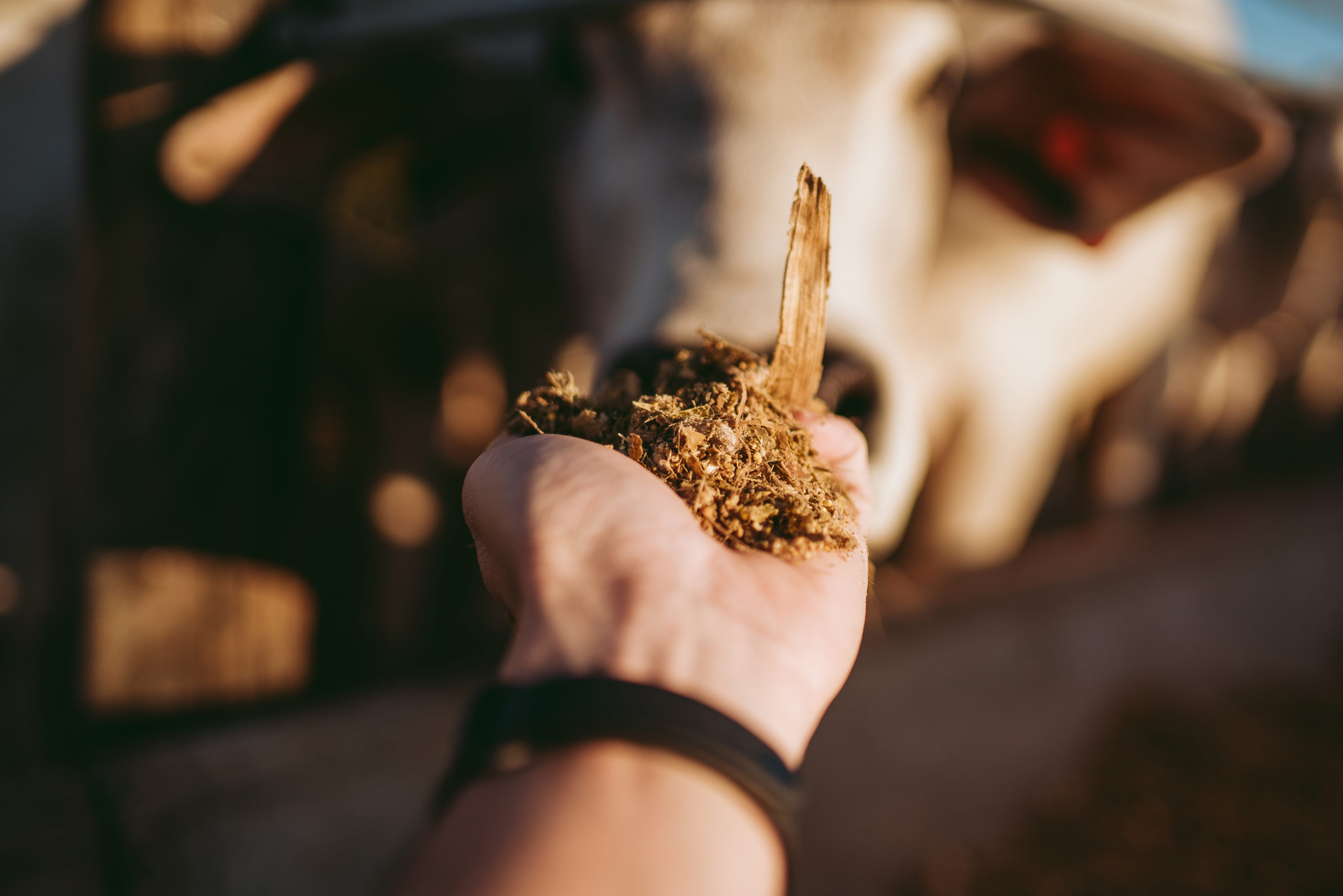
Appropriate maize harvesting stage and use of standard ensiling practices and techniques guarantee a quality silage
It is very critical to feed an appropriate and nutritionally well-balanced feed to get improved milk production from lactating animals. In Pakistan, farmers cannot get the milk production as per cattle potential and fodder shortage is one of the key factors. Poor quality fodder adversely affects not only milk production but also the health of animals. However, if cattle nutrition requirements are met with an appropriate amount of green fodder, cattle’s milk production can be profitable. It is estimated that cattle milk production can be enhanced up to 40 percent by providing quality fodder along with concentrate feed (Dasan Wanda)
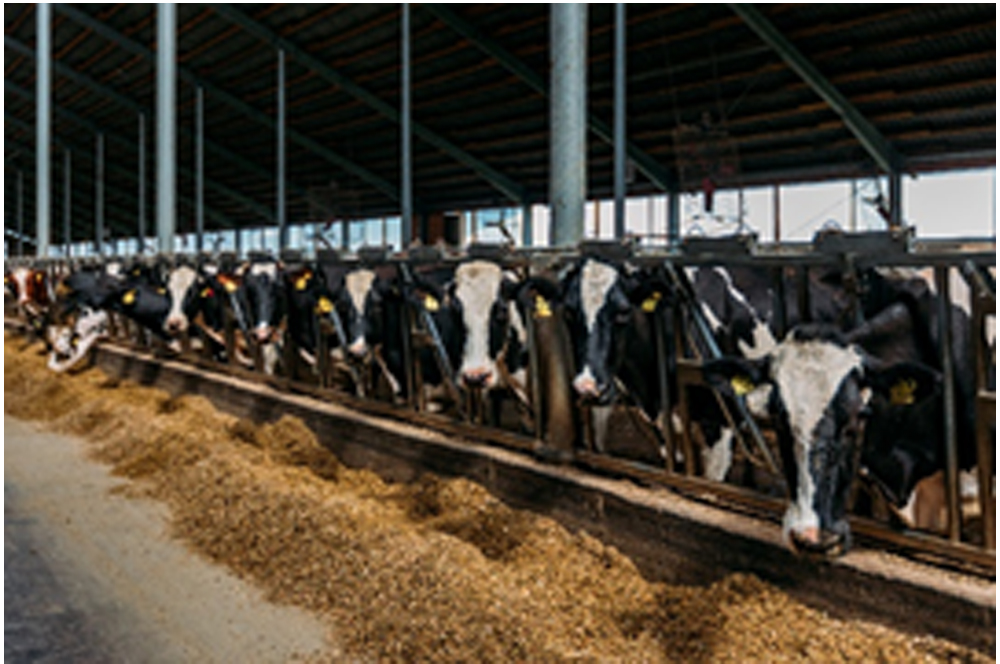
Silage is the best available and cost-effective solution for fodder shortage. The farmers should be encouraged for silage feeding. Fodder is ensiled in airtight condition to preserve its nutritional value, enhance its quality and make it easily digestible. In this ensiling process, fodder is fermented through the bacteria that can survive without oxygen. The resulting fodder is tastier and easily digestible for cattle
Maize silage is the most popular forage in the world of cattle farming because it is energy enrich and has a high level of digestibility and it is also easy to feed and store. Maize silage has an excellent nutritional profile and can be grown or purchased at a cost-effective price compared to its nutrition value. Maize silage produces more energy per kg than any other fodder. Maize produces better dry matter yield allowing farmers to increase the total fodder production harvested from high-cost agricultural land. Maize silage is being used on most cattle farms around the world.
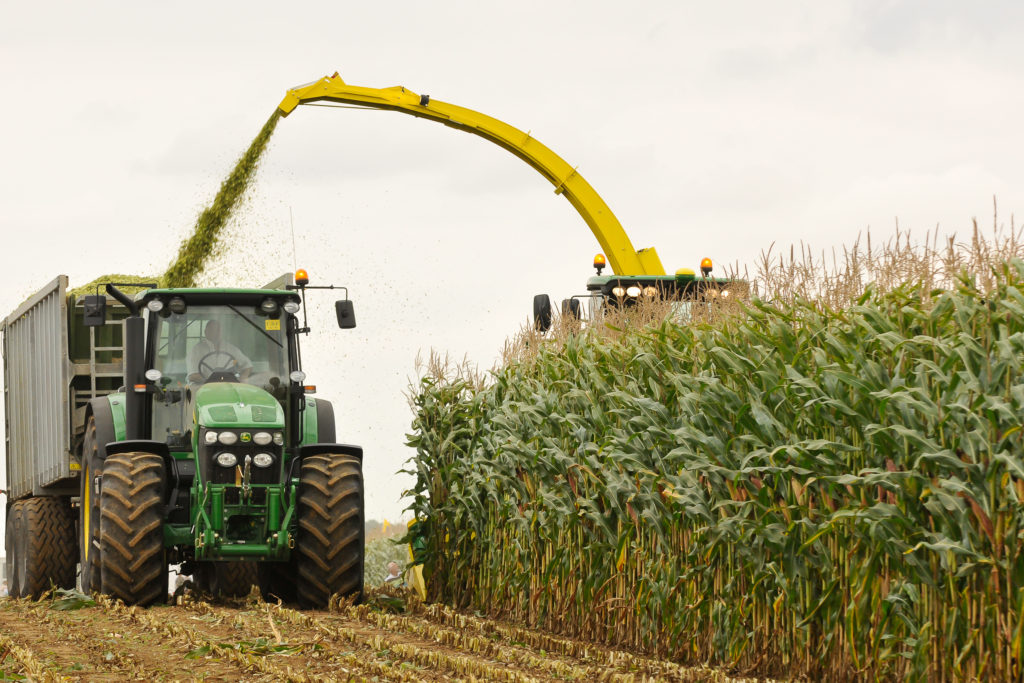
The whole maize plant including corn grains is used to make corn silage which makes it one of the most valuable fodders for ruminants, that’s why it is used for livestock feeding worldwide. There are several factors behind the popularity of maize silage. It is a reliable source of palatable and high-energy for all types of ruminants, including dairy and beef catt le, sheep and goats. Although maize is relatively easy to produce, however, good crop and harvest management as well as careful ensiling practices are required for quality maize silage
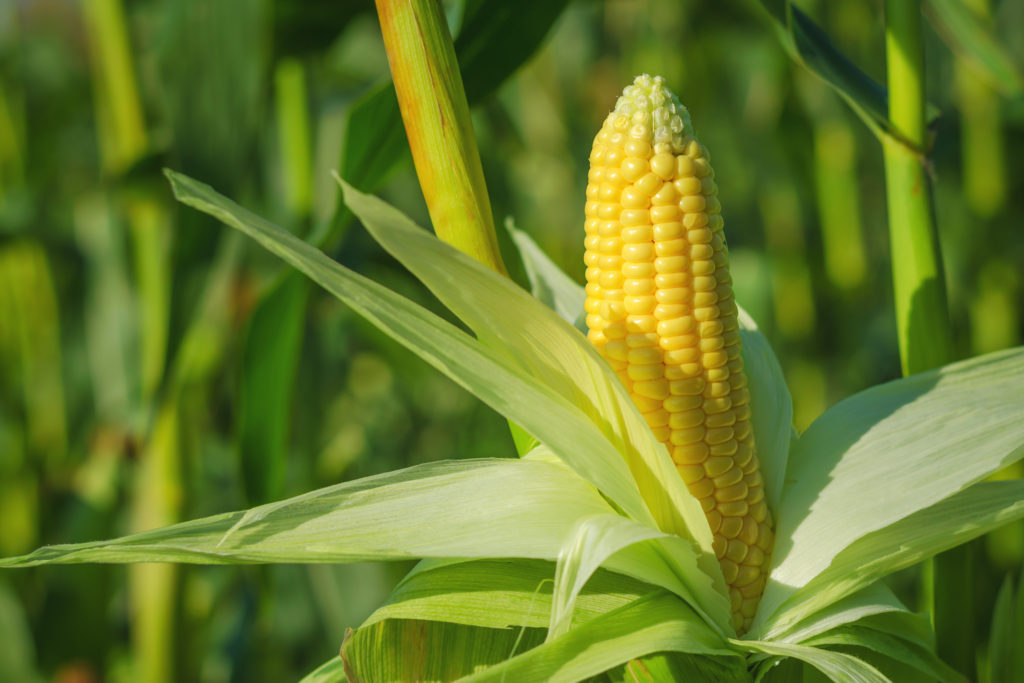
The energy and starch, together with its high dry matter yield potential, make maize silage a better feed for dairy cows. Due to high starch levels, maize silage is a good cereal replacement. Maize silage has low protein content, but it can provide a well-balanced, cost-effective nutrition value for livestock, if fed with a high-protein concentrate feed (Wanda).
Dasan feeds is one of the largest feed producers for the livestock sector. After success in delivering concentrate feed (Dasan Wanda), Dasan Feeds took the initiative to provide the best quality silage to the farmers at their doorstep. Dasan feeds use modern techniques and state of the art technology under the observation of their nutrition experts to produce and preserve quality silage to meet gap between the demand and supply as per its capacity.
Dasan feeds has launched Dasan silage in bags and bales depending on their weight and sizes to make it feasible for all types of farms from small to commercially large farms. Dasan feed has developed a large distribution network in all districts of Punjab including some areas of Sindh as well.
The quality of silage depends on fodder harvesting time, the air in it at the time of packing and the method of preservation. The ensiling process decreases acidic quality, that stops the growth of harmful germs and which makes the fodder safe for animal consumption.
